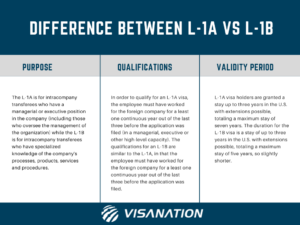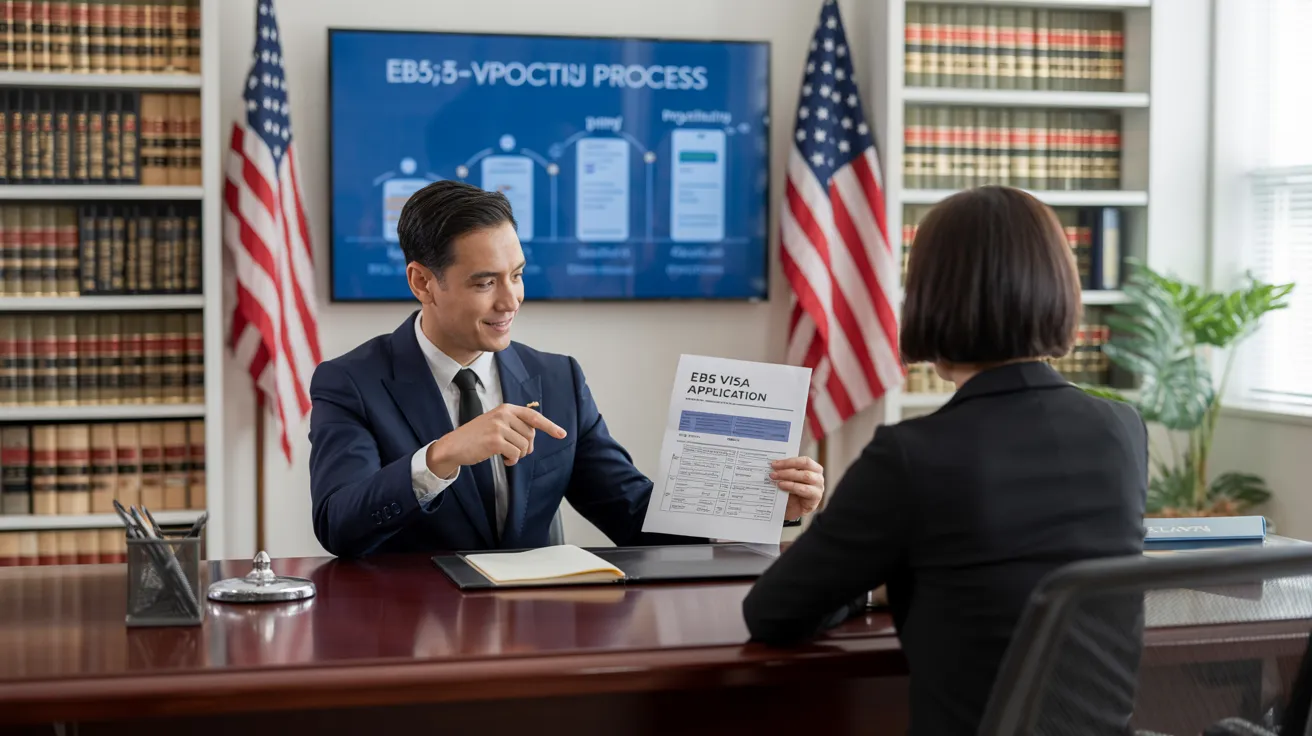About L1 Visa
Table of ContentsSome Known Incorrect Statements About L1 Visa The Definitive Guide for L1 VisaSome Known Incorrect Statements About L1 Visa Not known Factual Statements About L1 Visa Some Known Details About L1 Visa The Greatest Guide To L1 Visa
Available from ProQuest Dissertations & Theses Global; Social Scientific Research Costs Collection. (2074816399). (PDF). Congress. (PDF). DHS Workplace of the Examiner General. (PDF). (PDF). "Nonimmigrant Visa Statistics". Fetched 2023-03-26. Division of Homeland Security Office of the Inspector General, "Testimonial of Vulnerabilities and Possible Abuses of the L-1 Visa Program," "A Mainframe-Size Visa Technicality".
U.S. Division of State. Fetched 2023-02-08. Tamen, Joan Fleischer (August 10, 2013).
Some Of L1 Visa
In order to be eligible for the L-1 visa, the international company abroad where the Recipient was utilized and the U.S. company have to have a qualifying partnership at the time of the transfer. The various kinds of certifying connections are: 1.
Instance 1: Firm A is incorporated in France and utilizes the Beneficiary. Company B is integrated in the U.S. and wants to seek the Beneficiary. Business An owns 100% of the shares of Business B.Company A is the Moms And Dad and Firm B is a subsidiary. Consequently there is a certifying partnership between both companies and Company B must have the ability to sponsor the Recipient.
Business An owns 40% of Firm B. The staying 60% is had and managed by Business C, which has no relation to Business A.Since Company A and B do not have a parent-subsidiary relationship, Business A can not fund the Recipient for L-1.
Example 3: Firm A is included in the U.S. and intends to request the Recipient. Firm B is incorporated in Indonesia and employs the Recipient. Firm An owns 40% of Company B. The remaining 60% is owned by Business C, which has no relation to Business A. Nonetheless, Company A, by official contract, controls and complete handles Business B.Since Business An owns less than 50% of Company B but takes care of and controls the business, there is a qualifying parent-subsidiary connection and Firm A can sponsor the Beneficiary for L-1.
Some Known Facts About L1 Visa.
Associate: An associate is 1 of 2 subsidiaries thar are both had and regulated by the very same moms and dad or individual, or owned and managed by the very same team of individuals, in basically the exact same proportions. a. Example 1: Business A is integrated in Ghana and utilizes the Beneficiary. Company B is incorporated in the united state
Company C, also included in Ghana, possesses 100% of Company A and 100% of Company B.Therefore, Firm A and Company B are "affiliates" or sister firms and a certifying connection exists between both companies. Firm B should be able to fund the Recipient. L1 Visa process b. Example 2: Firm A is integrated in the U.S.
Firm A is 60% possessed by Mrs. Smith, 20% possessed by Mr. Doe, and 20% possessed by Ms. Brown. Firm B is incorporated in Colombia and presently employs the Beneficiary. Company B is 65% owned by Mrs. Smith, 15% possessed by Mr. Doe, and 20% owned by Ms. Brown. Business A and Company B are associates and have a certifying partnership in 2 different methods: Mrs.
The L-1 visa is explore your L1 Visa an employment-based visa group developed by Congress in 1970, enabling international companies to move their supervisors, executives, or essential employees to their U.S. procedures. It is commonly referred to as the intracompany transferee visa.

Furthermore, the recipient should have operated in a supervisory, executive, or specialized staff member placement for one year within the three years coming before the L-1A application in the international firm. For brand-new workplace applications, foreign work must have been in a managerial or executive capability if the beneficiary is pertaining to the USA to function as a manager or executive.
L1 Visa Can Be Fun For Everyone

If given for a united state firm operational for even more than one year, the first L-1B visa is for approximately three years and can be prolonged for an added two years (L1 Visa). Conversely, if the united state firm is newly developed or has been operational for much less than one year, the initial L-1B visa is issued for one year, with expansions offered in two-year increments
The L-1 visa is an employment-based visa group developed by Congress in 1970, permitting multinational firms to move their supervisors, executives, or key workers to their United state operations. It is generally referred to as the intracompany transferee visa.
L1 Visa - Questions
Additionally, the beneficiary should have operated in a managerial, executive, or specialized staff member setting for one year within L1 Visa requirements the three years coming before the L-1A application in the international firm. For brand-new workplace applications, foreign work has to have been in a managerial or executive capacity if the beneficiary is involving the United States to work as a manager or executive.
for up to seven years to oversee the operations of the united state associate as an executive or supervisor. If issued for a united state company that has actually been operational for more than one year, the L-1A visa is initially granted for approximately 3 years and can be extended in two-year increments.
If approved for an U.S. business operational for greater than one year, the first L-1B visa is for up to three years and can be extended for an added two years. Alternatively, if the U.S. company is newly established or has actually been functional for much less than one year, the initial L-1B visa is released for one year, with extensions offered in two-year increments.